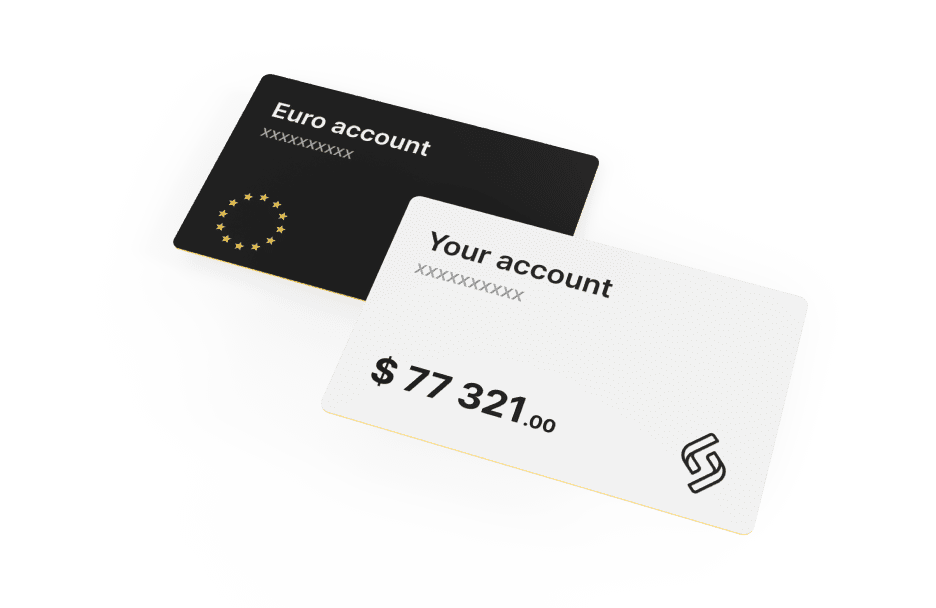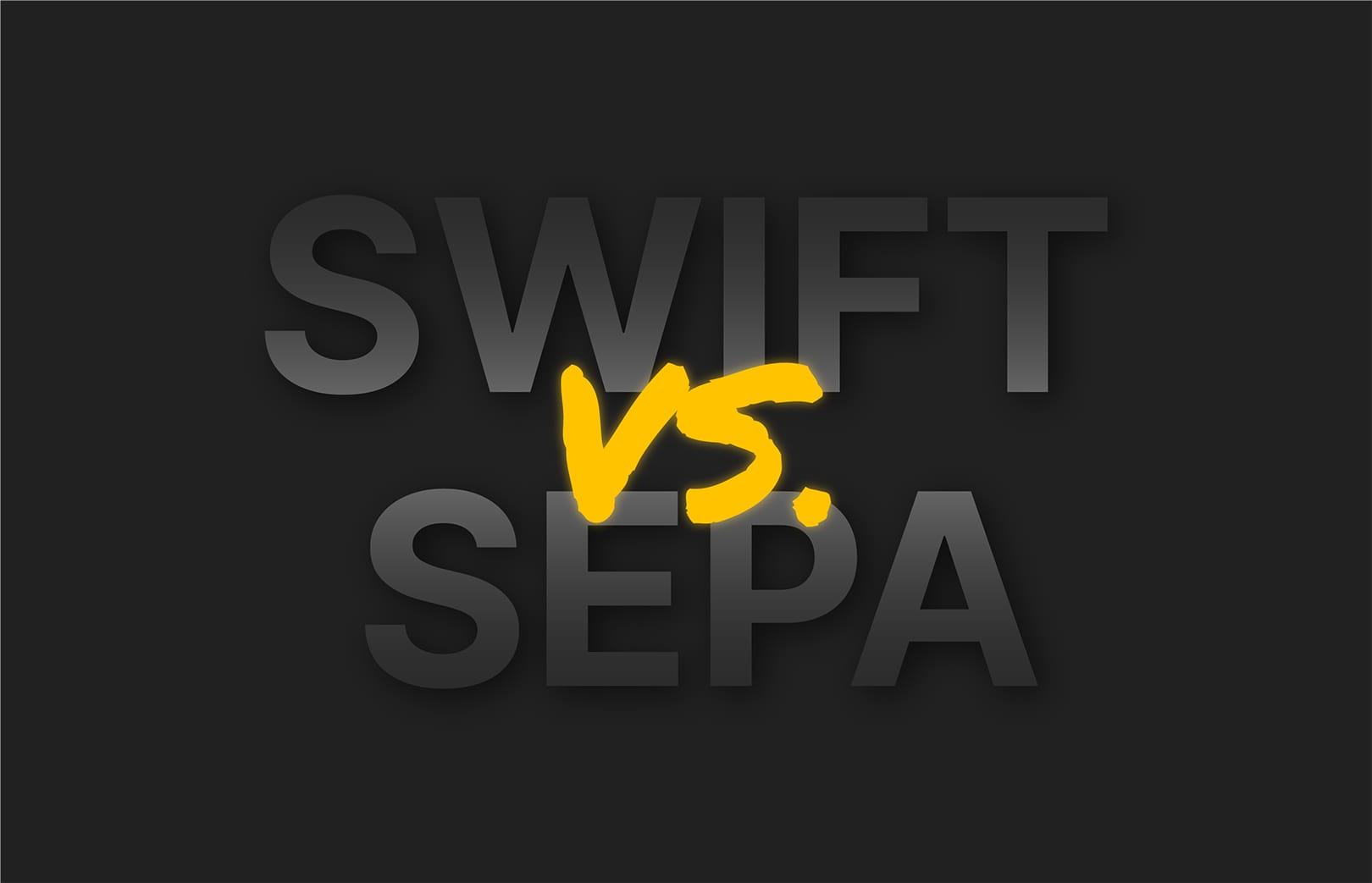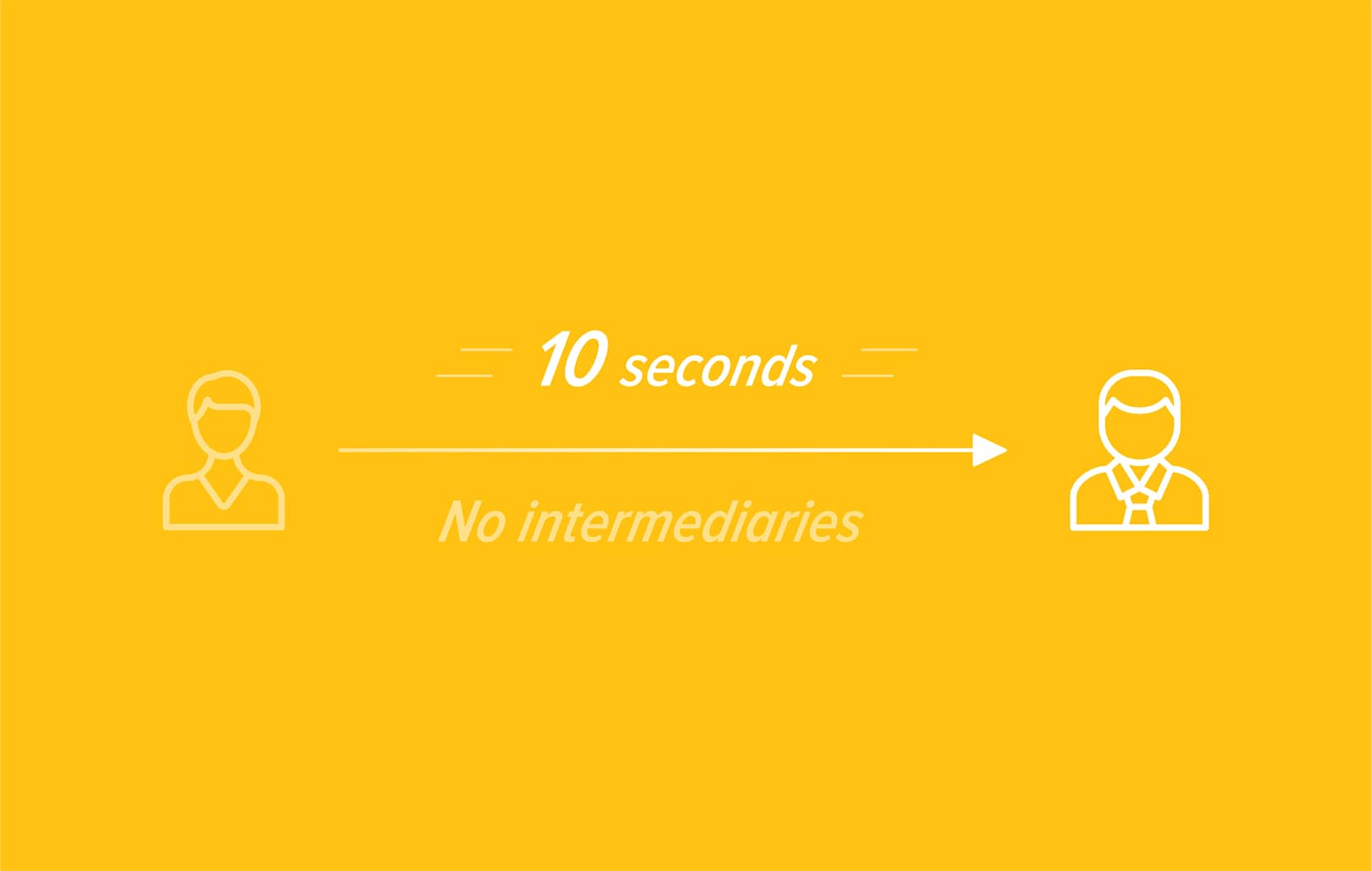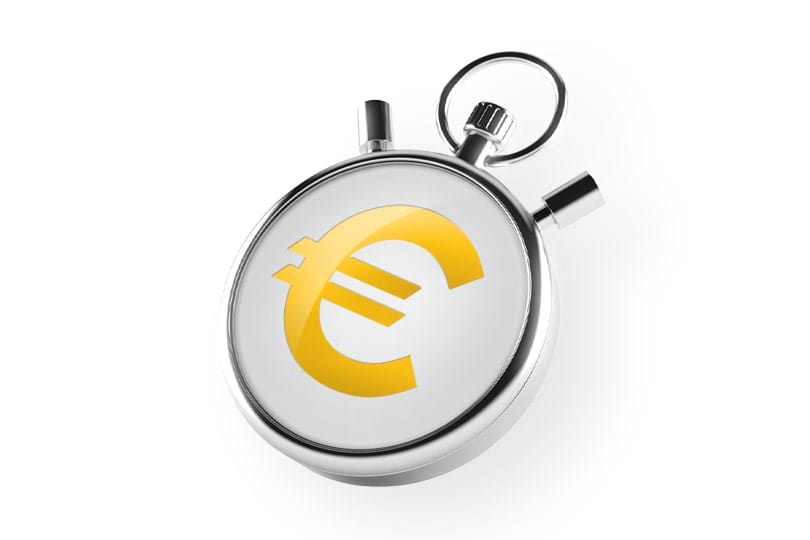SEPA Transfers – Everything You Need to Know

When one considers transferring Euros, the first thing that comes to mind is a SEPA transfer. SEPA transfers are an effective way of making bank-to-bank payments within the European Union, both in the Eurozone and non-Eurozone countries. The SEPA Credit Transfer (SCT) Scheme makes it easy and convenient for Euros to be transferred. In this article, we will discuss what SEPA is, how it works, and the risks, fees, and regulations associated with it.
What Is SEPA?
The Single Euro Payments Area (SEPA) is an integration initiative that simplifies electronic payments across the European Union. SEPA transfers make it easier, faster, and cheaper for both individuals and businesses to send money from one bank account to another in Europe. All SEPA payments are done in Euros, while SWIFT transfers can be made in any currency represented in the SWIFT network. SEPA Direct Debit transfers are executed under SEPA Core Direct Debit Scheme.
How Does a SEPA Transfer Work?
When sending a SEPA bank transfer, the sender must provide the recipient’s details, such as name, address, IBAN (International Bank Account Number) and optionally the BIC (Bank Identifier Code). To ensure that the funds are sent to the correct account, this information should be obtained from the recipient’s bank. The customer’s bank or an EMI will then transmit the funds to the recipient’s account. You can easily make SEPA and SWIFT payments to a Satchel account with no hidden fees. Incoming SEPA transfers are free.
What Are the Benefits of SEPA Transfers?
SEPA is designed to simplify and standardize cross-border payments in Euros. SEPA brings together 36 European countries and has become the most widely used payment system in the Eurozone. The UK is also included in the list. Let us take a closer look at the chief benefits of utilizing SEPA.
Faster Payments. One of the main benefits of using SEPA is that payments are much faster. The system is aimed at making transfers between countries in the Eurozone as quick and easy as domestic payments. SEPA payments are typically made within one to two business days, whereas standard international transfers can take up to five working days to complete. Also, there is an option of SEPA Instant transactions (SCT Inst), real-time transfers that take up to 10 sec and are available 24/7/365.
Lower Fees. This type of payment is also cheaper than many other international payment methods. Fees are typically determined by the size of the transfer, rather than the distance it must travel. This means that SEPA transfers between countries in the Eurozone can be just as cost-effective as domestic transfers.
Increased Security. They are highly secure for both businesses and individuals. All transfers are backed by the European Commission and are fully compliant with the European Payment Services Directive (PSD2). This ensures that all SEPA payments are secure, transparent, and traceable.
Fewer Errors. The use of SEPA also reduces the risk of errors and delays. All payments are made using standardized formats, eliminating the need for manual processing. This makes the payment process more efficient, reducing the chances of mistakes being made.
Improved Reliability. Finally, SEPA payments are more reliable than many other payment methods. All transactions are processed through a secure network of banks, ensuring that payments are always delivered on time. This makes SEPA a reliable and cost-effective payment solution for businesses and individuals alike.
What Are the Risks of SEPA Transfers?
Though SEPA Euro transfers are a convenient and secure way to transfer money between countries within Europe, it is important to be aware of the risks and fees, as well as any regulations and rules governing them.
When it comes to the risks associated with SEPA bank transfers, there are a few to be aware of. Firstly, it is important to make sure you are sending money to a trusted source. There is always the risk of fraud and money laundering when sending money online, so it is important to make sure the person or organization you are sending the money to is legitimate. Additionally, if you are sending money in a foreign currency it is possible to lose out from changes in exchange rates.
What Are the Fees Associated with SEPA Transfers?
The fees associated with SEPA transfers can vary depending on the country and the financial institution you are using. Some banks or financial institutions may charge a flat fee for transfers, while others may charge a percentage of the amount being transferred. Additionally, banks or financial providers may charge a fee for exchanging currencies when sending money in a foreign currency.
In general, SEPA direct debit payments are highly advanced technologically. All associated risks are likely to be of human nature. Take my advice: never enter the recipient’s information manually, particularly the IBAN, when making a transfer. Always ask the recipient to provide the details electronically, to then copy and paste them into the ‘IBAN’ field.
In conclusion
With a combination of speed, security, reliability, and cost-effectiveness, it’s easy to see why SEPA payments are becoming increasingly popular. By taking advantage of SEPA, both businesses and individuals can enjoy a smoother and more secure payment experience.







